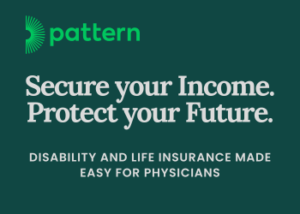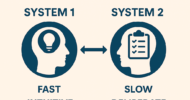Over the past couple of months, I have had the privilege of meeting with several colleagues in my community. When I contacted them, I offered to bring them lunch if they would give me a few minutes to share an idea about a project that I am really excited about. However, what I really wanted was a chance to engage with physicians who I knew little more than their name and specialty.
This experience was enlightening: Conversations were insightful and inspiring when I was able to actually meet my colleagues. I fully expected the biggest challenge during these lunches would be colleagues who could not share my vision or were not interested in joining my efforts.
However, what surprised me was how difficult it was to actually get in front of other physicians. I called some and emailed others. I even made impromptu “drop ins” in a couple of offices to hand out some written information and hopefully schedule a future in-person meeting. Many times, I just couldn’t get past the practice manager.
As a child psychiatrist who is bombarded by sales representatives, I sympathize with physicians who do not want to be bothered by company reps. However, my office door (and email) is always open to other physicians. I view this not only as professional courtesy but pivotal to engaging with my medical community. These face to face connections with colleagues have allowed me to build my referral network and more importantly, build a support network of like-minded physicians. I was surprised and disillusioned by the barriers to connecting with other physicians.
However, when I did get the opportunity to sit down with them, we had rich conversations during which we shared our successes and struggles in practice. We got to know each other as people, not just another name in a directory that we refer to. I truly felt connected to my peers who share the same goal of providing great clinical care while protecting our own well-being.
Since this experience, I have reflected on the question, “What gets in the way of physicians making meaningful connections within the medical community?” I believe one quick answer is time. Who really has the time in the day to sit down, have lunch and just talk? Especially when there is another patient to see, chart to complete, or administrative meeting to attend. What would motivate us to go beyond our office door or beyond our hallways to engage with a colleague purely to hear their story? Unfortunately, you may not be able to answer these questions until you experience it.
I’ve learned some important things about myself during this process.
First, reaffirmation about my passion for connecting with others. This is undoubtedly why I chose to become a child psychiatrist in which physician-patient communication is the foundation of practice. I also learned the immense value of going beyond my comfort zone to form these new professional connections. It was a time investment and in some cases a bruise to my ego when my invitations were rejected or not responded to. However, this network of physicians has invigorated me with great conversation and the sense of collegiality. I wonder if these types of connections can be used to address some of the growing discontent so prevalent in our field.
So, here are some of the highlights of what I have learned.
1. When I set out to engage in meaningful and personal connections with my colleagues, I was able to relate to my colleagues as people, not just a consult or name. We all have good days and bad days and are often celebrating and struggling with the same things.
2. I have been able to grow my network to share both successes and struggles with. As evidenced by the growing use of professional platforms on social media, we crave to be part of a community who understands our experiences as physicians. These connections can be so much richer one-on-one and in-person.
3. I have started to form genuine relationships with physicians that I refer to. This is so much better than blindly choosing from a list of names.
4. I have learned new information in areas where my fund of knowledge was poor or dated.
5. I have helped grow our collective strength as a community of physicians who can work together in the best interest of our patients and ourselves.
Let’s connect, evolve and grow individually and as a community.
Tracy Asamoah is a child and adolescent psychiatrist.
Image credit: Shutterstock.com































![Antimicrobial resistance: a public health crisis that needs your voice [PODCAST]](https://kevinmd.com/wp-content/uploads/Design-1-190x100.jpg)

![Rethinking medical education for a technology-driven era in health care [PODCAST]](https://kevinmd.com/wp-content/uploads/The-Podcast-by-KevinMD-WideScreen-3000-px-4-190x100.jpg)
